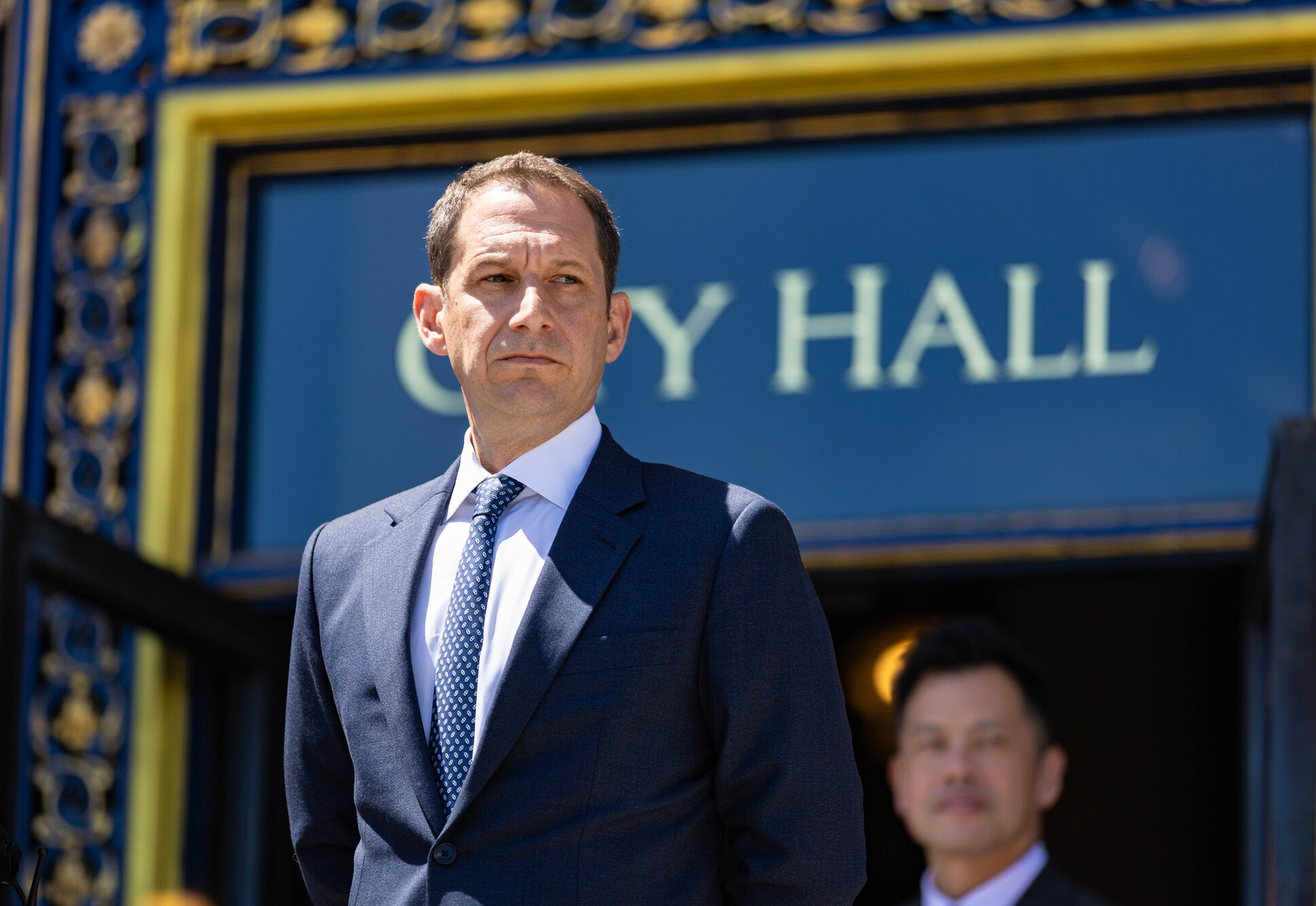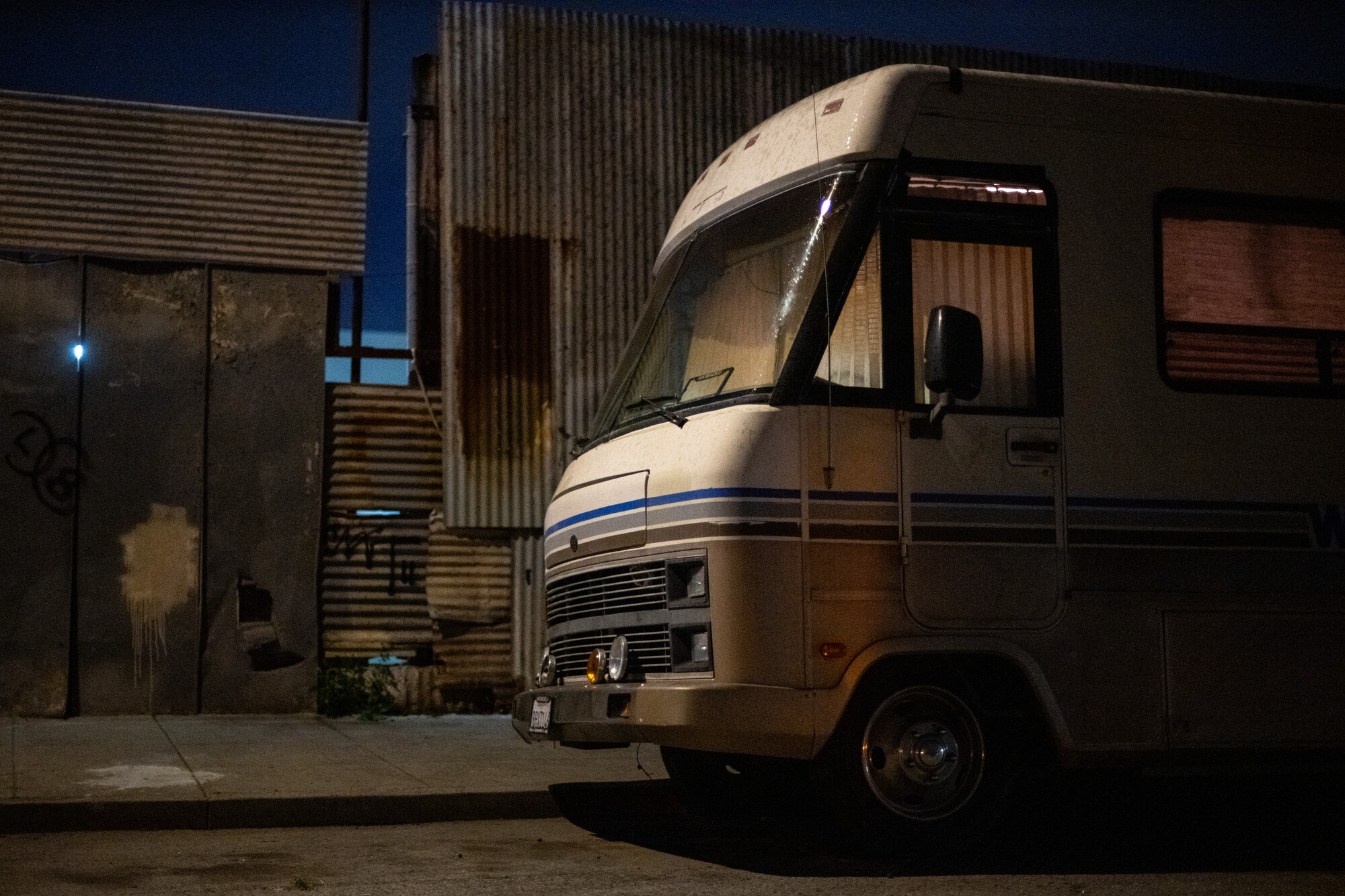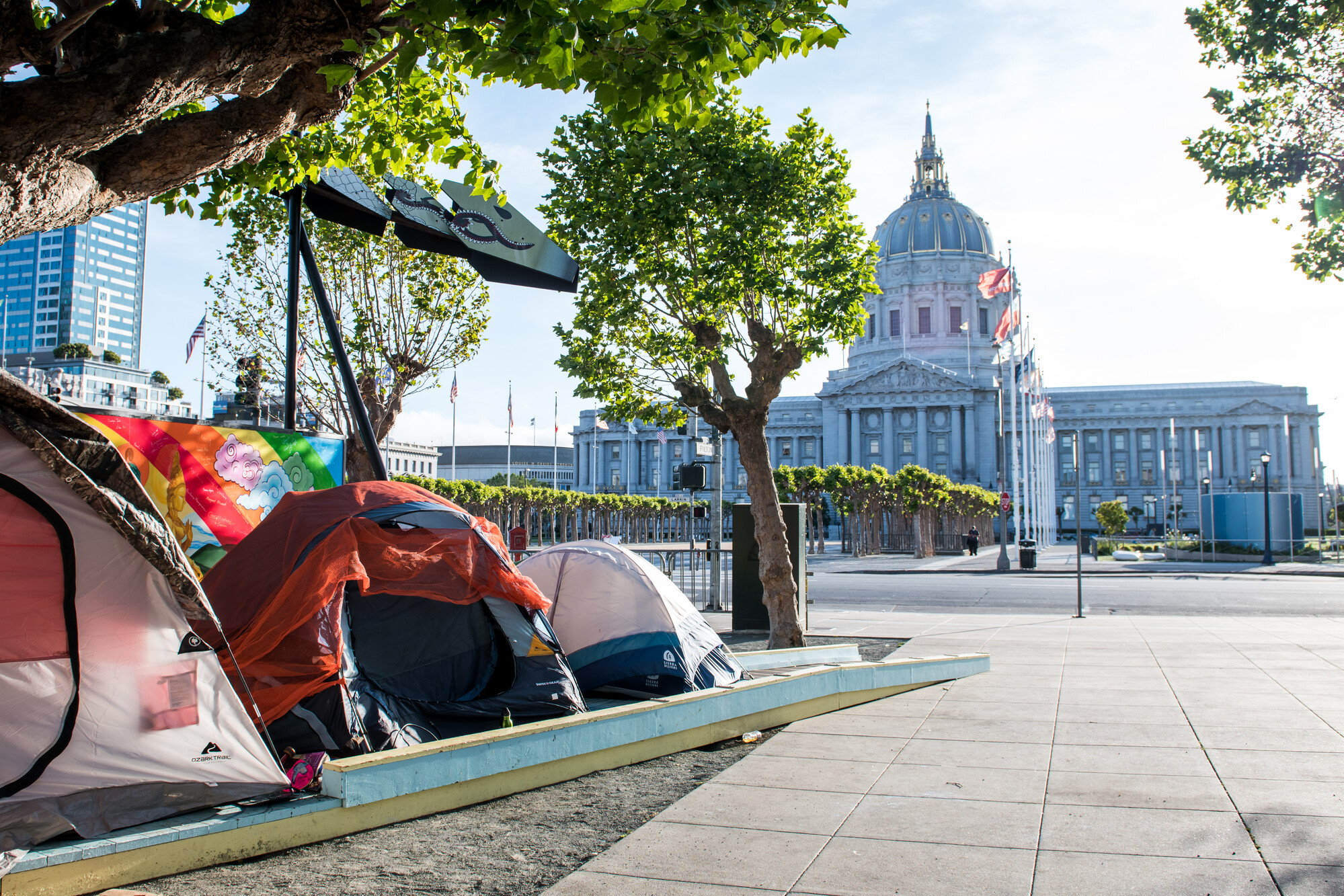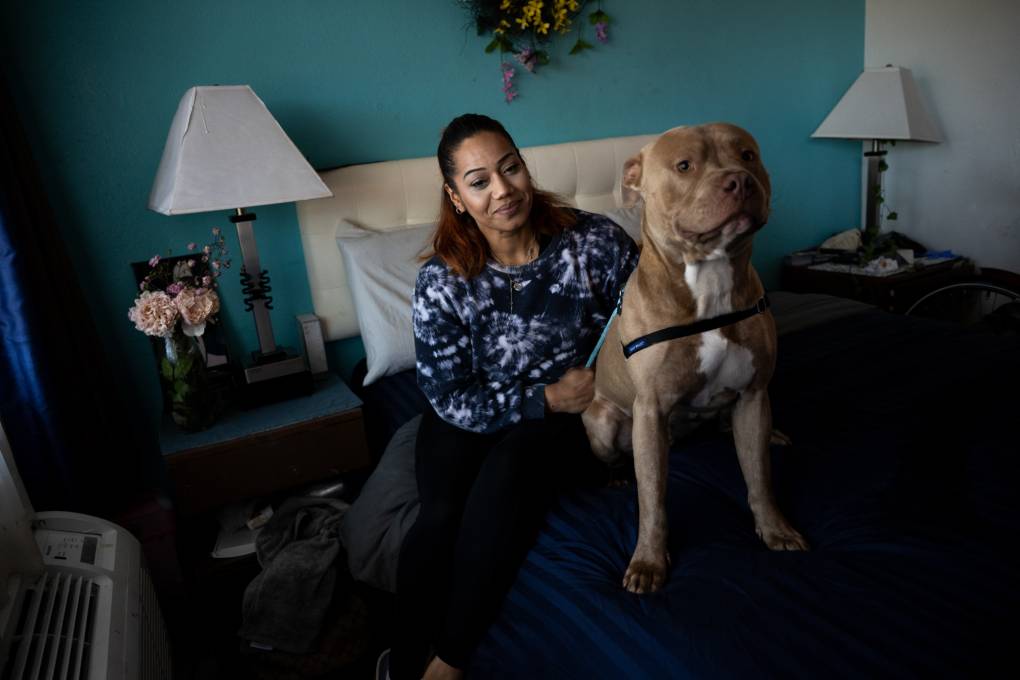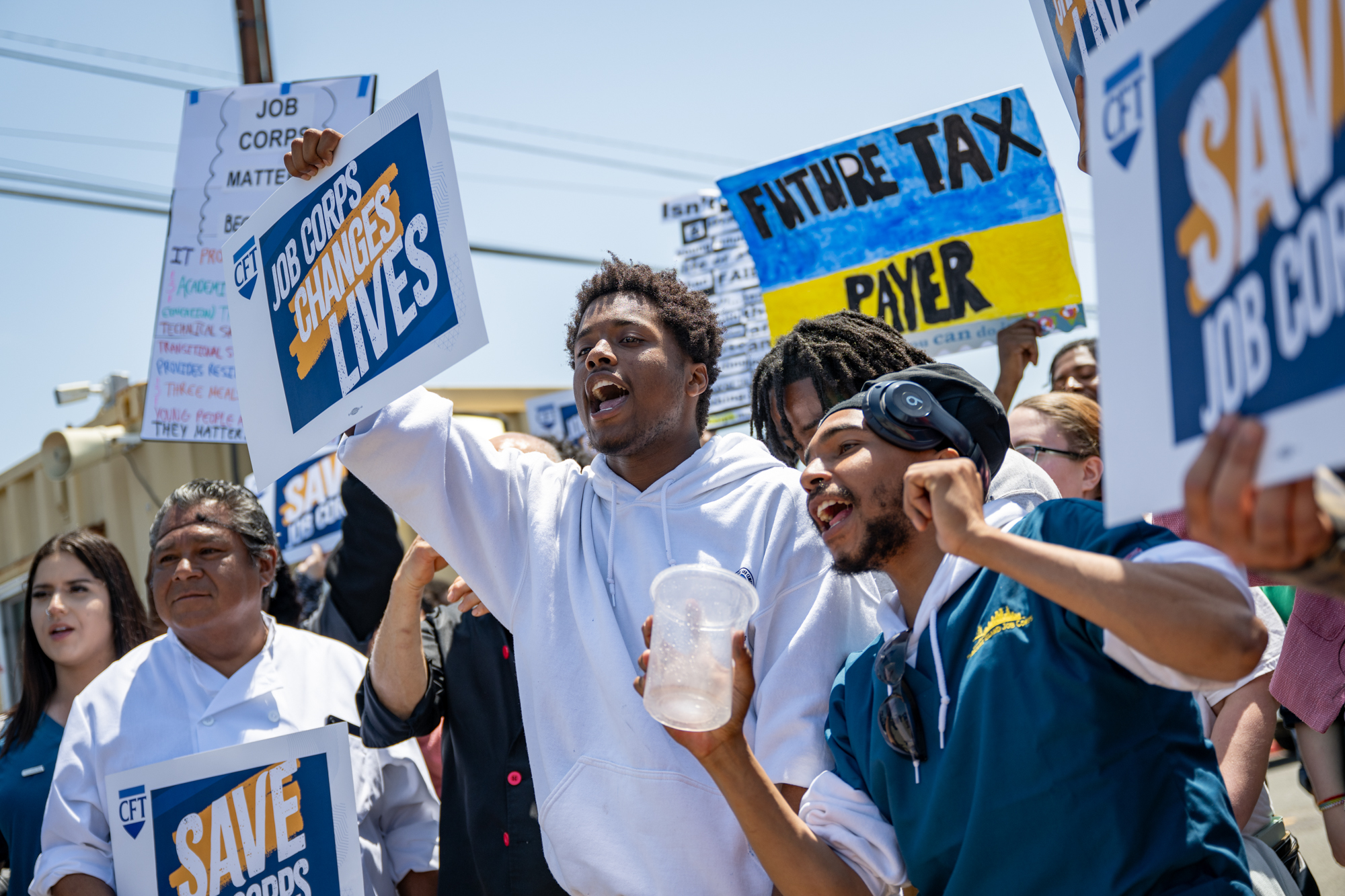Between 2005 and 2019, San Francisco’s homeless population grew nearly 49%, according to federal data, fueled in part by soaring home prices. But since Proposition C and the right-to-counsel programs have launched, the number of people experiencing homelessness in the city has remained relatively flat, increasing slightly from 8,035 in 2019 to 8,323 in 2024.
Still, Lurie plans to eliminate $4.2 million from other forms of legal aid. Groups like Legal Assistance to the Elderly, for example, are slated to lose hundreds of thousands of dollars from their operating budgets, at a time when seniors are the fastest-growing unhoused population.
“We need a holistic approach to providing legal services. You can’t compartmentalize them,” said Ora Prochovnick, director of litigation and policy at the Eviction Defense Collaborative, which is not losing funding under Lurie’s budget proposal. “Although we’re thrilled that tenant right-to-counsel was not cut, we see the harm in other types of legal services being cut.”
Along with preserving the right-to-counsel programs, advocates are pressing the mayor to allocate $66 million in Proposition C dollars into existing homelessness prevention programs.
“Homelessness is plaguing the mental and physical health of hundreds of children, surmounting the barriers they face into adulthood and often leading to adult homelessness,” said Jennifer Friedenbach, director of the Coalition on Homelessness, in a prepared statement. “It is imperative that we act to preserve funds allocated to homeless families through Prop. C.”
As budget negotiations continue this month, Tirtanadi of Open Door Legal is preparing to lose about 44% of the center’s operating budget. He has started the process of laying off nearly 15 staff members, which he estimates will translate to serving roughly 900 fewer families annually.
He said that could mean turning away clients like Nina.
“What does the city expect us to do? We have ongoing cases, some of them have trials coming up,” Tirtanadi said. “It’s like being in the middle of surgery and putting down the tools and saying, ‘Ah, we ran out of money.’ You know? It’s just not ethical.”
